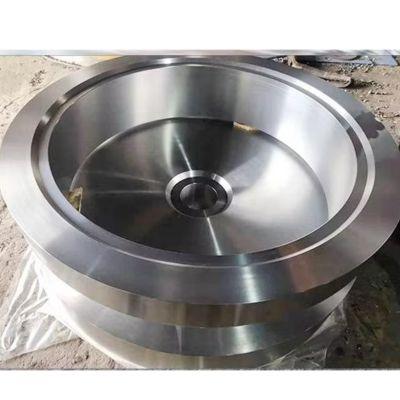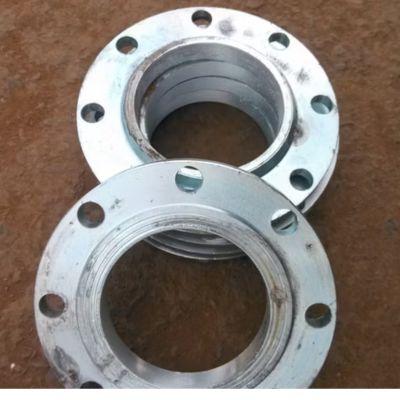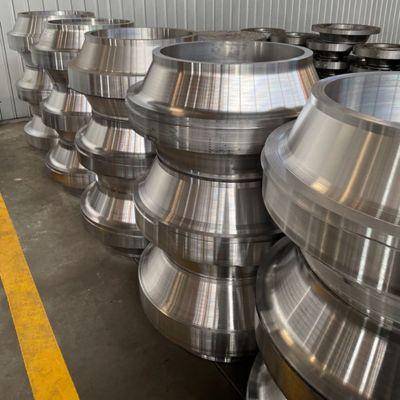Anchor Flange
Minimum Order : 100 Items
Customization as per requirements
Anchor Flange – Specification
| Flanges Types | Slip On, Companion, Weld Neck, Lap Joint, Long Weld Neck, Threaded, Blind |
|---|---|
| Class | 150 Lbs, 2500 Lbs Asa 150, 100, 300 Lbs, 600 Lbs, Asa 300, 160, 900 Lbs, Pn 6, 1500 Lbs, 10, 16, 25, 40, 64 |
| Size | 1/2″ (15 Nb) |
| Type | Raised Face (rf), Lap Joint Face (ljf), Small Male Female (smf), Groove, Flat Face (ff), Large Male Female (lmf), Ring Type Joint (rtj), Large Tongue & Groove |
Anchor Flange Manufacturer in India
Type of Sub-products

Weld Neck Anchor Flange Weld Neck Anchor Flange
A Weld-Neck Anchor Flange is a robust pipeline component with a tapered hub, designed to handle high-pressure and high-temperature conditions.

Slip On Anchor Flange Slip On Anchor Flange
A Slip-On Anchor Flange is a type of flange that fits over the pipe and is welded both internally and externally, ideal for lower-pressure applications.
Frequently Asked Questions
What is Anchor Flange?
An Anchor flange is a forged fitting that has a similar appearance to a weld neck flange. It is shaped like a pipe flange but anchors in pipelines. These flanges are placed inside reinforced concrete blocks and are used explicitly in pipelines to control the forces caused by thermal expansion/contraction and thrust. The weight of an anchor flange is typically determined based on two weld neck flanges of the same size.
How to install an anchor flange in the piping system?
To install an anchor flange securely in a pipeline, first weld it to the two pipes. Then, pour concrete around the anchor flanges and the pipeline, ensuring the anchor flange is sealed in the cement. The neck thickness and diameter of the anchor flange should match the pipe dimensions for welding.
Get Quote Instantly
Countries We Export – Anchor Flange
- India
Cities We Supply – Anchor Flange
- Ahmadpur
- Ahmadnagar
- Ahmedabad
- Bangalore Urban
- Bangalore Rural
- Bengaluru
- Coimbatore
- Chennai
- Chandigarh
- Haridwar
- Hyderabad
- Jaipur
- Jodhpur
- Jodhpur (ahmedabad)
- Kalyan
- Kolhapur
- Mumbai
- Mumbai Suburban
- Murud (raigad)
- Nagpur
- Lucknow
- New Delhi
- Navi Mumbai
- Kolkata
- Nashik
- Pune
- Raipur
- Rajkot
- Rampura
- Sion, Mumbai
- Surat
- Thane
- Varanasi
- Visakhapatnam
- Moradabad
- Angul
- Rudrapur
- Hosdurg
- Gandhinagar
- Rajahmundry
- Durgapur
- Bharuch
- Panipat
Industries We Serve – Anchor Flange
Sugar
Oil And Gas Industries
Paper Mill
Power Plant
Bridge And Building
Aerospace Industries
Automobile Industry
Electrical Industry
Defense Industry
Construction & Fabrications
Ring Man Units
Railways

Gasket Industry
Pharmaceuticals Industry













